This analysis is based on an older version of our inference model which is accurate but more difficult to read
Question
What caused the damage seen in the picture of a building with fragments found inside?
23 Mar, 2017Scenarios
Calculated Conclusions
Conclusions
1
62%
The damage in the photo was caused by an unexploded bomb falling through the roof.
62%
2
35%
The damage in the photo was caused by a mortar shot through the roof.
35%
3
2.2%
The damage in the photo was caused by a bomb which fell through the roof and exploded.
2.2%
Implied plausibility
Unexploded bomb
27%
Mortar
10%
Exploded bomb
63%
Compatibility with evidence
Unexploded bomb
62%
Mortar
35%
Exploded bomb
2.2%
Conclusion 
Unexploded bomb
62%
Mortar
35%
Exploded bomb
2.2%
Analysis
Evidence (4 items)
There are intact bars in the roof where the entry hole is located.
Unexploded bomb
24%
Mortar
56%
Exploded bomb
20%
Unexploded bomb
24%
Mortar
56%
Exploded bomb
20%
The hole seen in the roof is not directly above the impact spot.
Unexploded bomb
26%
Mortar
49%
Exploded bomb
26%
Unexploded bomb
26%
Mortar
49%
Exploded bomb
26%
Photos show a shallow crater at the scene of the attack.
Sources: Lars Bromley, research adviser at UNOSAT
Unexploded bomb
69%
Mortar
23%
Exploded bomb
8%
Unexploded bomb
69%
Mortar
23%
Exploded bomb
8%
The building is structurally intact, and its walls and roof show burn marks but no signs of fragmentation.
Unexploded bomb
46%
Mortar
46%
Exploded bomb
8%
Unexploded bomb
46%
Mortar
46%
Exploded bomb
8%
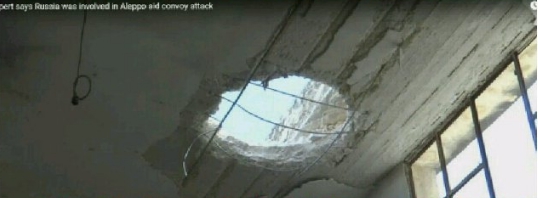
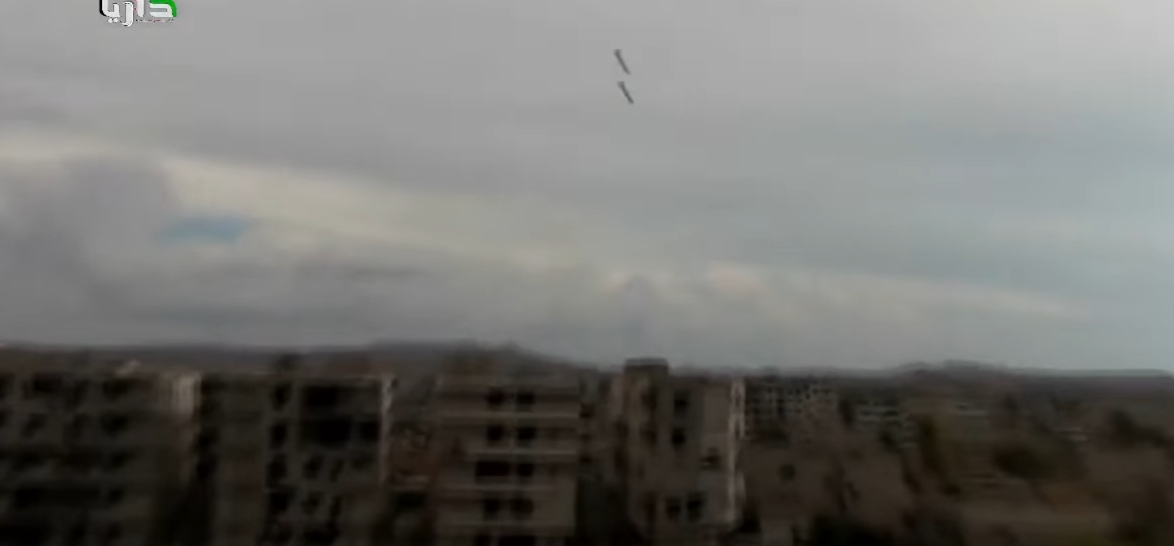
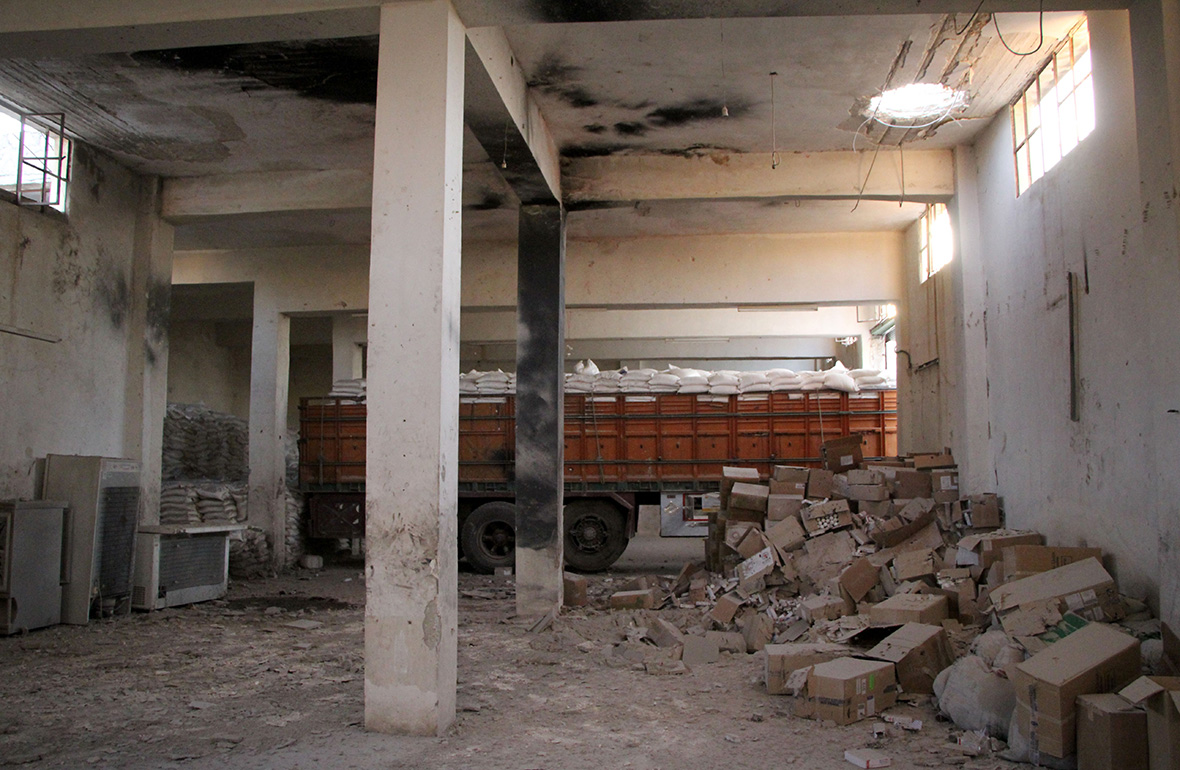
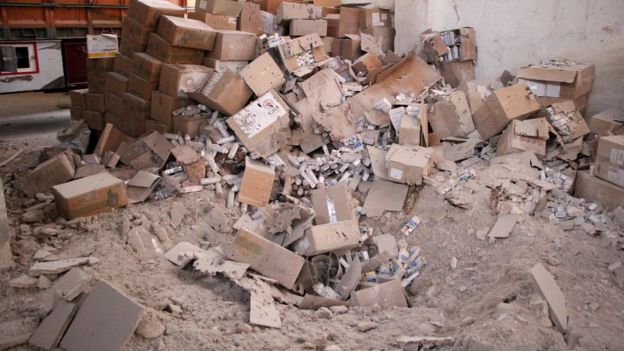
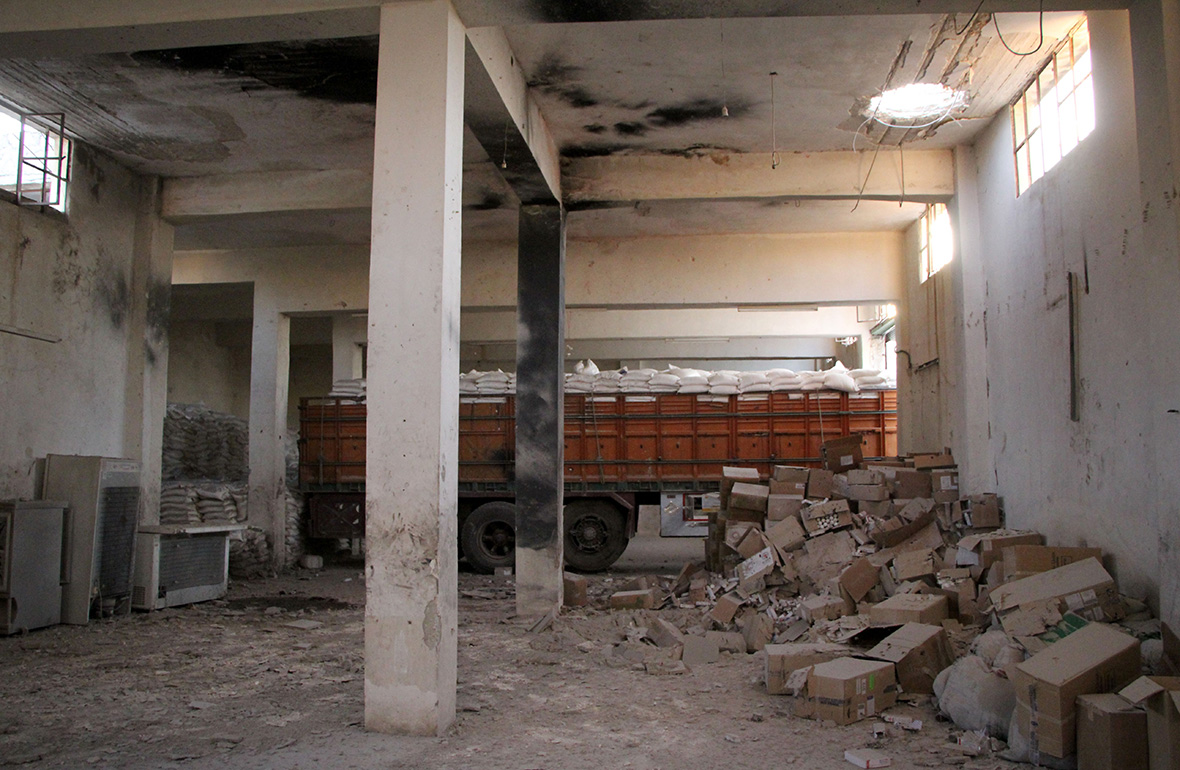
Discussion
Who attacked the aid convoy in Syria on September 19, 2016?